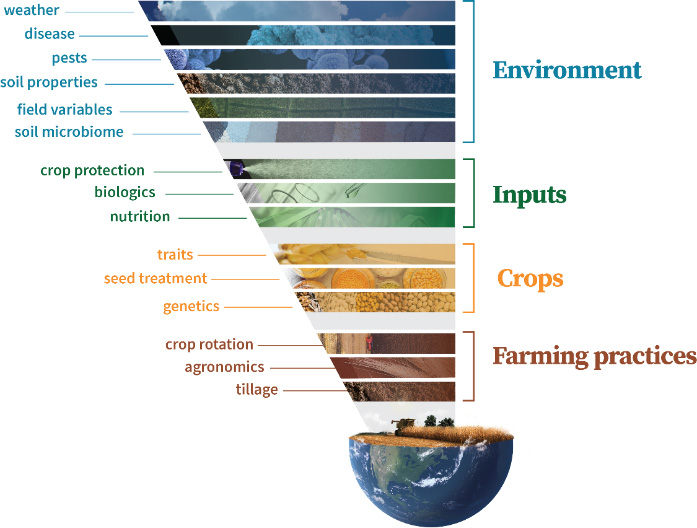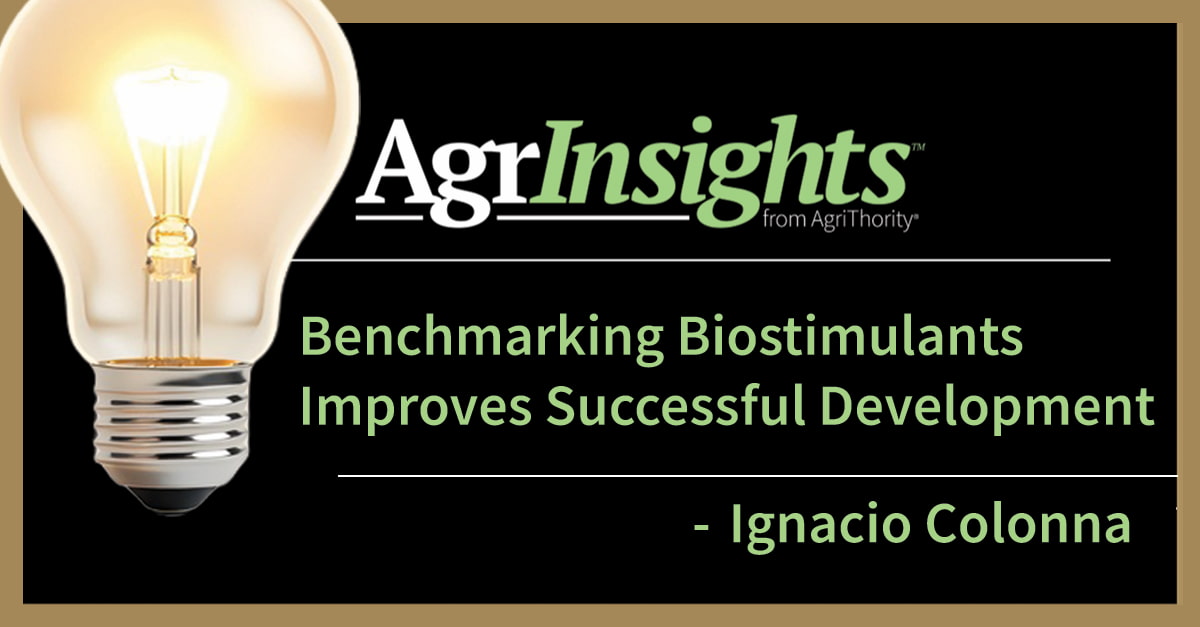A recent quote from John Maynard Keynes sums up the continual changes in agricultural production: “The difficulty lies not so much in developing new ideas as in escaping from old ones.”
Paradigms are formed in every area of life from birth. Every one of our senses and life experiences contribute to the paradigms humans form as our reality. By definition, the word means pattern. Our past experiences culminate in the patterns by which we live our lives. Growers are no different. As a largely familial occupation, farming practices and systems have been passed down generationally with changes and improvements based on the innovations and technology available. But in Marshall Goldsmith’s words, “What got you here, won’t get you there.” To move into the next phase of agriculture, we need to shift the agricultural standards.
There’s no denying agriculture is getting more . Growers are navigating new technologies, precision equipment, more imagery, deeper data and monitoring options, while incorporating more regenerative agriculture practices. With all the technological advancements and innovations, growing crops becomes more complex. Products and technologies are interdependent on each other, and nothing works in a vacuum.

A profession already ripe with inherent risk, many growers can seem to be slow adopters of new technology. They evaluate any new products over time before they risk a result that may impact their livelihood. Growers don’t need more products – no matter how revolutionary or novel – they need solutions. But a major part of any solution must include information that will shift the grower paradigms. Often this shift includes fundamentally different methods or criteria to evaluate product performance.
How can a company drive shifts in collective grower paradigms in the marketplace?
Instead of focusing on product differentiation, consider shifting the practices around the product. In reality, the fundamental issue is that not every new product is a game changer. Consider telling the story differently and from different sources. An example still applicable in the cotton industry today is The First 40 Days™ initiative. This effort began with a company sponsoring workshops with public-sector cotton industry stakeholders to develop Best Management Practices (BMPs) in “the new, contemporary cotton production systems. By addressing the changing pest spectrum, season-long pest management systems, and overall plant health and earliness, the key influencers focused on the ultimate goal of high yield and superior quality fiber.” How did the sponsoring company capitalize on this effort? They promoted the system approach sanctioned by the experts and demonstrated how their products fit within the Best Management Practices.
Companies should not only consider what solutions their products bring, but also how they fit together in a cost-efficient, sustainable crop production system. And it’s important to consider and plan in the early and late development phases before the innovative products are ready for commercialization. Growers want proven products, brought to commercialization with scientific rigor over multiple seasons of trialing in similar environments to their own. To prove a technology requires replicated field trials across environments, locations and seasons, and it takes more than just reported yields from strips. It takes deep analytic work to uncover significant insights into how, where and why products work best.
Once the data is there and a technology is proven, growers need a bridge to shift from their current standard practices to new ones. Companies that want to find success with their new solutions need to provide more than a sell sheet. Growers need BMPs from legitimate, unbiased sources that incorporate more than one product’s use in the production system, and they need strategies with solid technical support in implementation.
It’s not an easy road to shift grower paradigms, but it’s a necessary one to see increased adoption of new agriculture technologies. Companies need to deliver a lot more to growers than ever before to create a catalyst for this shift. Reach out to AgriThority® to help you fully develop your new technology for this changing world.



